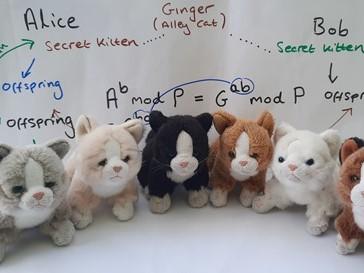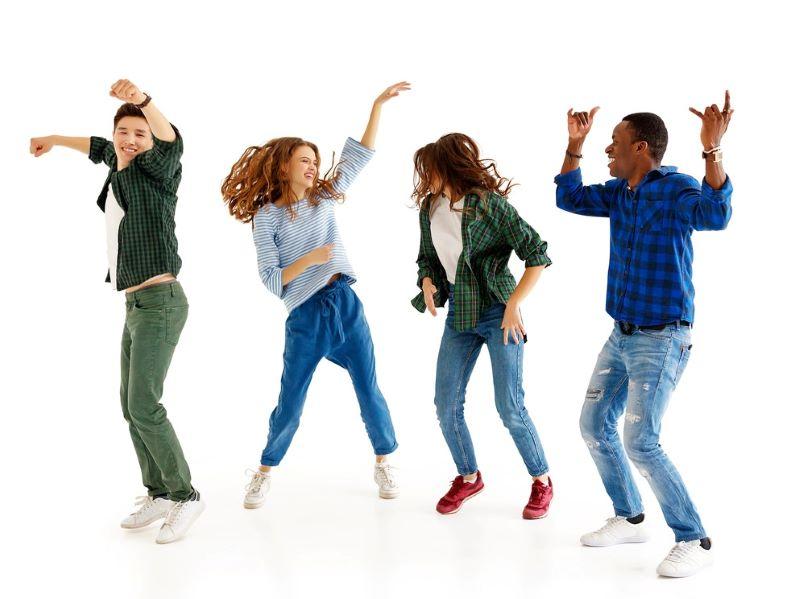Do you remember how excited you were as a child to play with toys? We learn important life skills through handling simple objects such as a ball or Lego bricks. We explore, interact with fellow beings and get to know the world around us using our sense of touch.
In this era of digital technology, despite its many advantages, we have started to overlook the importance of touch and feel in our lives. In teaching, we may not be using the possibilities of touch and feel of objects, even in physical classroom settings. People sharing their experiences of how badly they missed touch (mostly human, though) during the Covid-19 lockdowns in 2020 was an indication of the importance of tactile sensation for us.
- Collection: Let’s get physical: using movement and outdoor spaces to enhance learning
- Playful learning: how to get started
- Drama activities as ice-breakers for team-building in higher education
It is time to bring a sense of touch back into the classroom, and here’s why.
Touch helps us to learn
Classroom delivery is evolving with the use of emerging technologies such as virtual reality. At the same time, students are still excited by the touch and feel of things. They find it easy to think about a concept when they can relate it to an object that they can touch and feel during the learning process. Tactile stimulation plays an important role in a child’s growth and personality development. Research has shown that the sense of touch is associated with enhanced learning, problem-solving and language skills.
In line with this understanding, many of us use experiential learning techniques in teaching, where the learner goes through a cycle of doing, feeling, watching and thinking. However, when technology provides the platform for applying these techniques, we tend to abandon the possibilities of touch and objects. Lecturers assume that students get the same feeling of “being there and interacting with the physical elements” by using tools such as slide presentations or an on-screen demonstration of science experiments. In other words, “experiencing through technology” becomes the focus of learning on these occasions.
Returning the tangible to teaching
Teaching on an undergraduate sports marketing unit presents me with a good case study to illustrate the benefits of touch and feel in learning. Understanding the differences between goods (tangible things) and services (intangible things) is of paramount importance in this unit. So, I always go to class with a basketball or another item of sports equipment and pass it around while discussing the features of a good. When I provide “coaching” as the example for a service, I am usually lucky to get a student from the classroom who’s into coaching some sport to stand in front of the cohort and try to sell the service. This sets the tone for discussing the similarities and differences in marketing a good and a service.
How to take a touch-based teaching approach
The following questions can help if you decide to take a touch-based teaching approach:
Where can I bring touch into the learning experience or topic?
Doing and learning with objects has been a normal practice right from school days in core sciences. (Did your school also charge for breaking test tubes during experiments?!) As the study on arts and health practices shows, the feel of physical evidence can be a strong tool for teaching in any field of enquiry. In a unit on financial management, I have a colleague who takes newspapers into the classroom when they feature the balance sheet or annual reports of a company. Having the paper in their hands engages the students, and the chance to go through the reports enhances the feeling.
Does the focus shift from the concept under discussion?
Tangibility provides only a context for discussion. Going back to the example of sports marketing, we discuss why brands from diverse industries sponsor a sports team or an athlete. I have a miniature F1 car of a popular team with all the sponsors’ logos or names on its body. However, I often encounter students deviating from the topic, discussing the strong and weak points of the car and why it malfunctioned in Monaco and so on! Clear instructions at the start on what we are trying to achieve through the activity would solve this issue to a great extent. Asking them to note down the points against specific objectives (in a table format) could keep the activity on track. This also points to the fact that we need not have fancy objects to discuss a theory; in fact, that might end up as an object of distraction.
Is the activity resource-intensive?
Having many tangible items in a session could be tricky in terms of time and other resources. This is similar to “one too many” and other challenges of group work that lecturers often encounter. One way to overcome this issue is using the same object to tie related concepts together. I now recognise that my high school instructor’s use of the same dice or coin to teach both probability and binomial distribution was not a bad idea at all!
Best of both worlds
This approach is not an attempt to discount the opportunities presented by technologies in education. Rather, we can think about integrating touch-based activities in sessions facilitated by technologies. For instance, a simple object such as the miniature car being passed around for discussions is found to break the monotony of presentations and may limit the technology fatigue that many students face these days. By combining the best of both traditional and modern educational tools, such an approach can also lead to highly creative and engaging classroom activities.
The benefits of using the sense of touch have been well established in learning. Amid the increasing number of technological tools for education, the touch and feel of things remain among the best ways for us to learn and live our lives.
Aravind Reghunathan is lecturer in marketing at Bournemouth University Business School.
If you found this interesting and want advice and insight from academics and university staff delivered direct to your inbox each week, sign up for the THE Campus newsletter.




comment